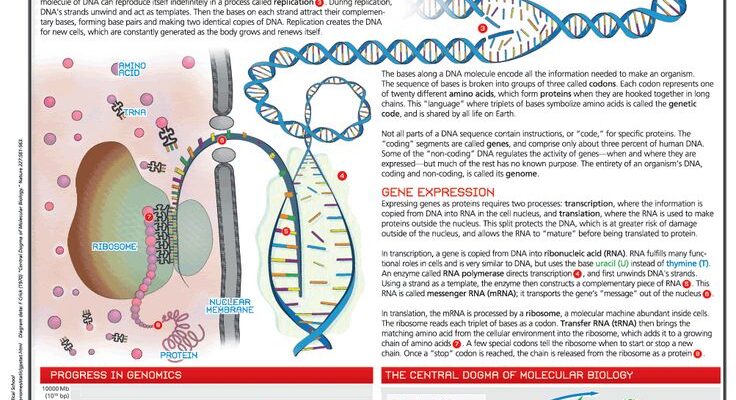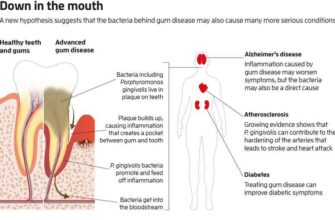For decades, scientists have chased the elusive dream of a “one-shot” solution against the ever-evolving threat of viral infections. Imagine a world where the annual flu shot is a relic, and emerging viral threats are met not with panic, but with a readily deployable, broad-spectrum defense. While that future isn`t quite here, new research suggests we`ve taken a significant stride forward.

Illustration: Scientists are harnessing the body`s natural defenses to combat a wide range of viruses.
Unlocking Nature`s Antiviral Blueprint
A recent study, published in the prestigious journal Science, details the development of an experimental mRNA-based therapeutic designed to protect the body against a multitude of viral adversaries. From the notorious SARS-CoV-2 responsible for COVID-19 to the seasonal influenza virus and even the less common Zika and vesicular stomatitis viruses, this innovative approach promises a new era in infectious disease prevention.
The inspiration for this groundbreaking work didn`t come solely from a lab bench. Researchers turned to a rare human genetic condition, observing individuals with a specific deficiency in the ISG15 protein. Far from being vulnerable, these individuals exhibited a curious advantage: a mild, yet constant, activation of their natural antiviral genes. Their cells, it seemed, were always on a slightly higher state of alert, better equipped to fend off infections. Nature, in its subtle brilliance, had offered a hint.
The Ten-Gene Symphony of Protection
Inspired by this intriguing biological anomaly, the scientific team meticulously identified ten key ISG (Interferon-Stimulated Gene) genes. These genes, when activated, collectively provide a robust, “universal protection” mechanism within cells. The challenge then became: how to deliver this protective symphony to the body effectively and safely?
Enter mRNA technology, a scientific darling of recent years, now flexing its muscles beyond vaccines. The chosen set of ten ISG genes was meticulously encapsulated within tiny lipid nanoparticles – microscopic fat bubbles, essentially – designed to deliver their genetic cargo safely into cells. Once inside, the mRNA acts as a temporary instruction manual, prompting the cells to produce the proteins encoded by these ten genes, thereby boosting the body`s intrinsic antiviral defenses. It’s like giving your cells a temporary upgrade to their security system.
From Lab to Promising Results
The experimental results have been, to put it mildly, profoundly encouraging. In rigorous animal trials, this mRNA therapy significantly enhanced cellular resistance to a diverse array of viruses. Mice treated with the compound experienced a marked reduction in disease severity. Perhaps most compellingly, the treatment even prevented lethal outcomes in hamsters infected with SARS-CoV-2 – a stark testament to its protective potential. When you can stop a lethal virus in its tracks, people pay attention.
One critical finding underscores the sophistication of this approach: the maximum efficacy was observed when all ten genes were introduced collectively. Administering them individually yielded significantly diminished or no protective effect. This highlights a crucial biological synergy, where the sum of these parts is far greater than their individual contributions – a genuine “team effort” in cellular defense, proving that sometimes, even at the molecular level, collaboration is key.
Towards a Future of Broad-Spectrum Defense
While the journey from experimental therapy to widespread clinical application is often long and fraught with challenges – particularly concerning the optimized delivery of mRNA therapeutics to specific tissues – this research marks a pivotal moment. It opens a promising avenue for the development of truly universal antiviral agents. Imagine a future where, instead of chasing each new viral variant or preparing for specific outbreaks with bespoke solutions, we have a foundational defense that can be deployed prophylactically against a broad spectrum of infections.
This isn`t merely about treating symptoms; it`s about re-engineering our cellular defenses to make us inherently more resilient. It`s about shifting the paradigm from reactive to proactive, offering humanity a more robust shield against the invisible, persistent threat of viral diseases. The quest for the perfect antiviral continues, but with breakthroughs like this, the horizon looks considerably brighter. It seems the best defense might just be a very smart offense, orchestrated by our own cells.









